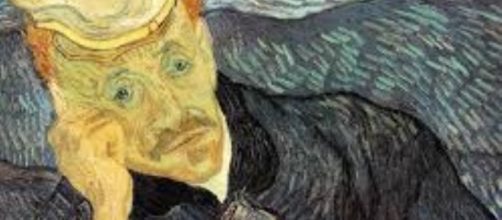Have you heard of an App called Smartify, the digital guide for viewing museum art? It got raves from the Guardian for “making it easier than ever to get rapid, on-the-spot facts about the work of art you are looking at.” Apparently this is the last word in instant gratification – the way of the world these days. All you have to do is flash your phone at a painting on a museum wall and presto, you get a ton of data -- the artist’s name, birth/death, picture title, medium – you know, tombstone information with commentary mixed in. Sound good? Well, it’s not.
Something is missing, a big thing, the most important thing and the whole point of paintings: the art experience. You just end up reading your phone instead of the art. You get a truckload of data, but you still don’t know what the painting is about, what the artist is telling you.
A place to go where facts are irrelevant
So this app is not smart at all. It doesn’t know beans about painting. It doesn’t know that art is a silent language that doesn’t translate well into words. So it doesn’t get to that part of us where free-association lives. Smartify can’t go there. It can only offer one way to look at art. But there’s no one way to look. There’s only your way. If you want to understand painting, you need to meet it on its own terms, a place beyond words.
So if you want to know what artists are telling you, don’t look at some app. Look at their work. Smartify is uncalled-for the same way a calendar is not needed to tell you that spring has arrived. You know it by the smells of damp earth, the sounds of birds and the start of green shoots in terrain still beneath winter snow. You know it through your senses. It’s the same with art.
When words don’t matter a damn
Consider Van Gogh’s writing about his portrait of Dr. Gachet, the doctor who treated him when he was discharged from the asylum at Saint-Remy. He painted the good doctor during the last months of his life. He said, “I am working on a portrait of Dr. Gachet: The head with a white cap, very fair, the hands also light, flesh-toned, blue frock coat, and cobalt blue background, leaning on a red table and foxglove plant with purple flowers.” None of those words say anything about what he was trying to convey about the doctor.
But the painting makes that plain by making the figure lean his head heavily on one of his hands, staring vacantly, as if at a loss to know how to help the painter, who died a few months later. Smartify can’t tell you anything of that. So what’s the point of it?


